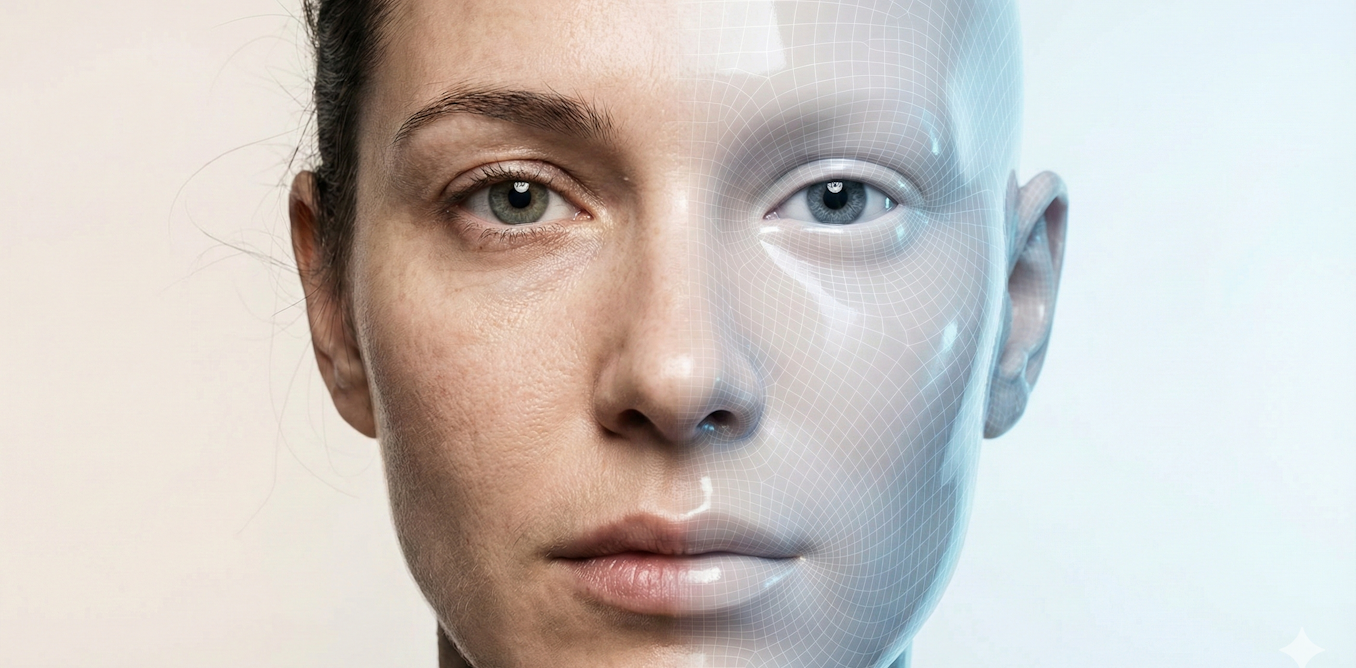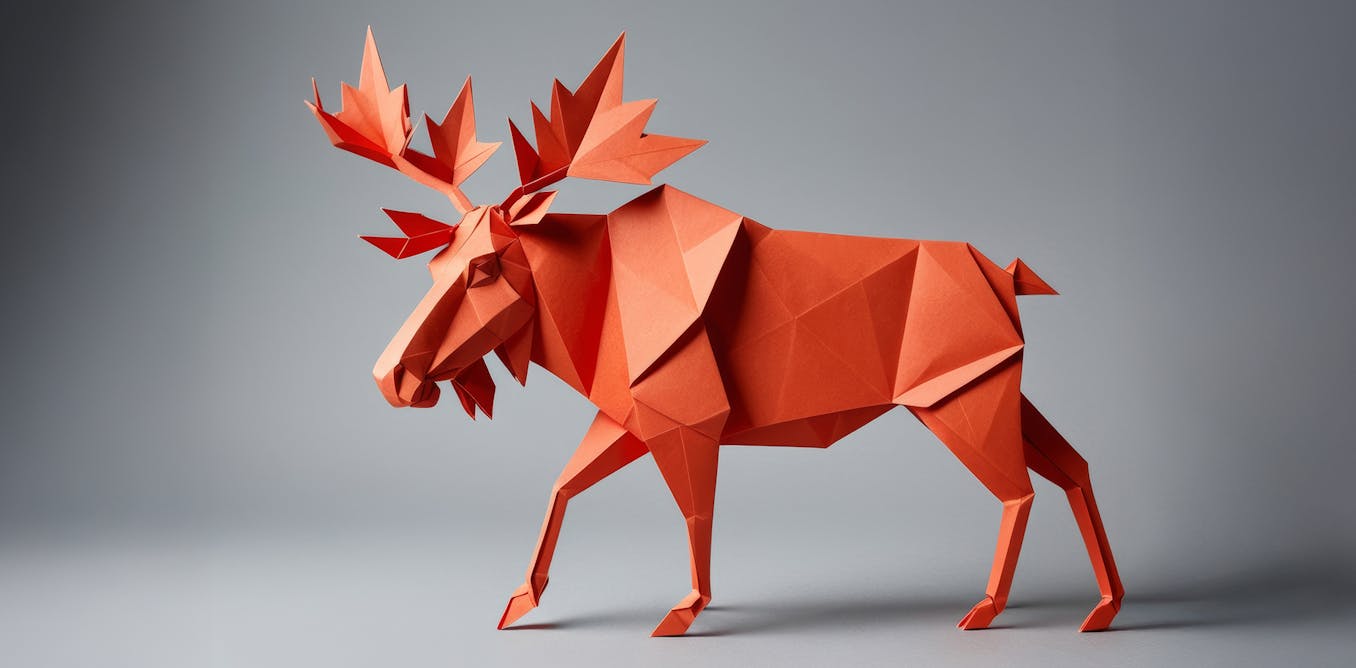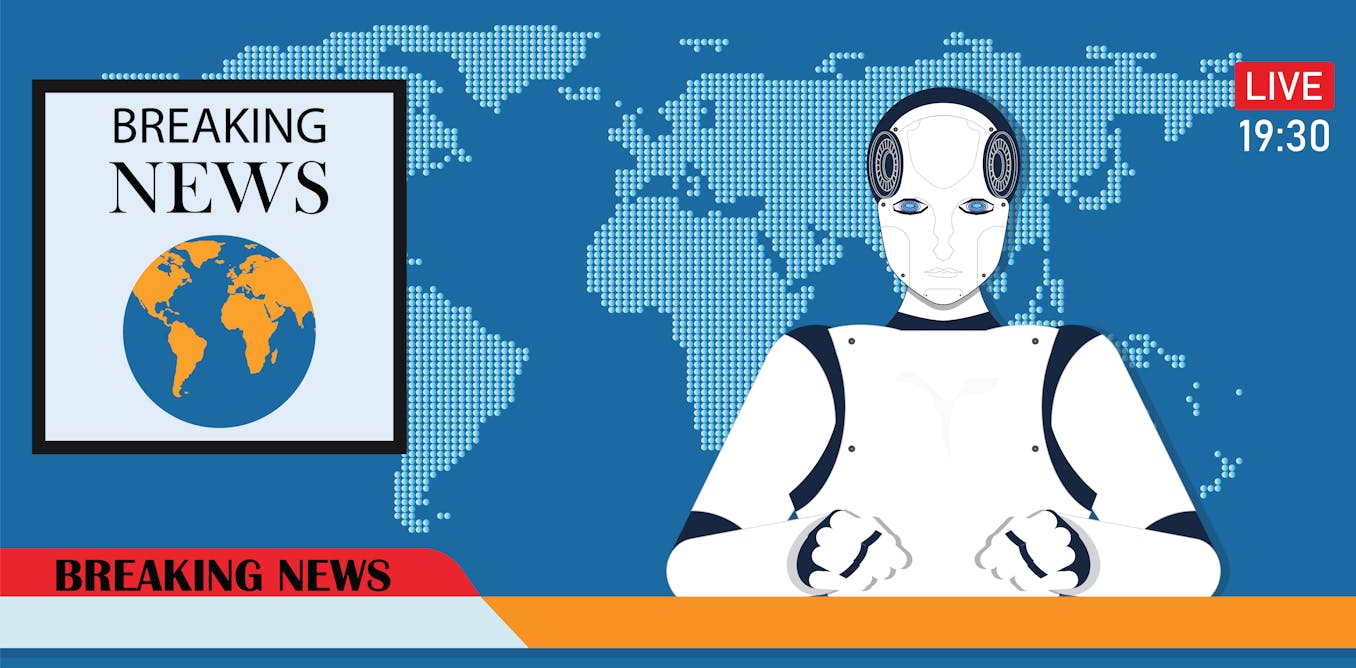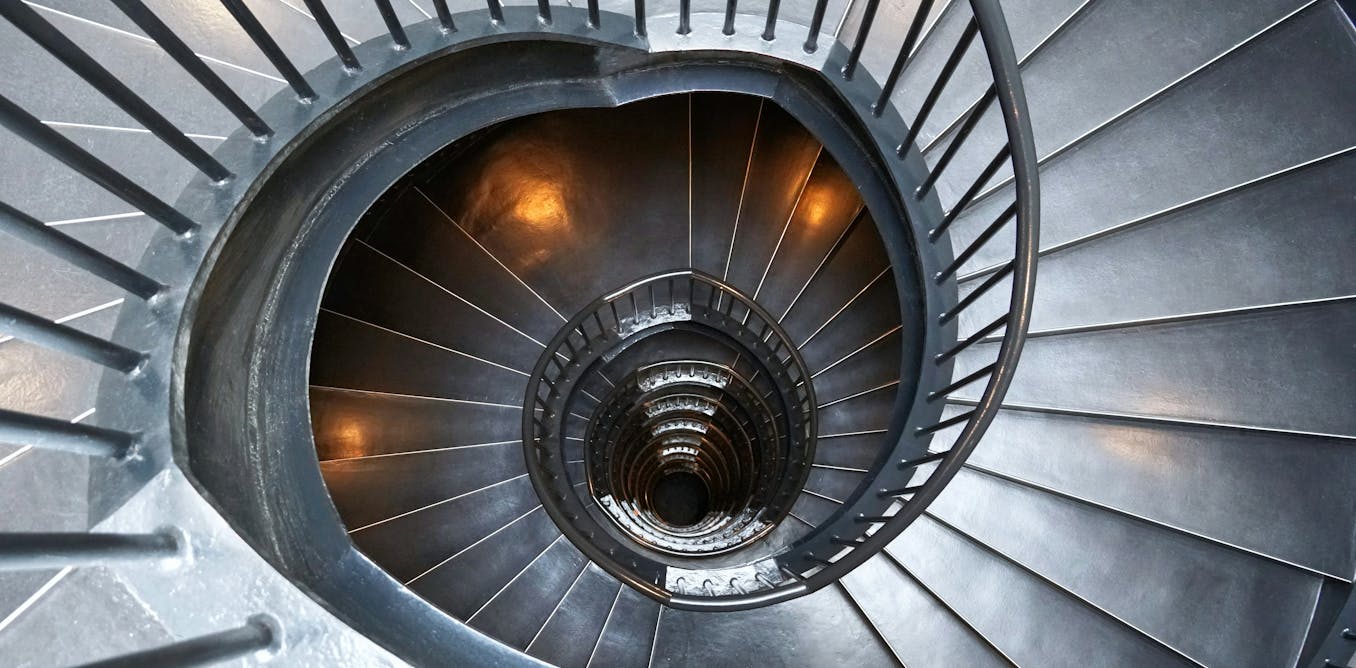The dream of robotic floor care has always been for it to be hands-off and mind-off. That is, for a robot to live in your house that will keep your floors clean without you having to really do anything or even think about it. When it comes to robot vacuuming, that’s been more or less solved thanks to self-emptying robots that transfer debris into docking stations, which iRobot pioneered with the Roomba i7+ in 2018. By 2022, iRobot’s Combo j7+ added an intelligent mopping pad to the mix, which definitely made for cleaner floors but was also a step backwards in the sense that you had to remember to toss the pad into your washing machine and fill the robot’s clean water reservoir every time. The Combo j9+ stuffed a clean water reservoir into the dock itself, which could top off the robot with water by itself for a month.
With the new Roomba Combo 10 Max, announced today, iRobot has cut out (some of) that annoying process thanks to a massive new docking station that self empties vacuum debris, empties dirty mop water, refills clean mop water, and then washes and dries the mopping pad, completely autonomously.
iRobot
The Roomba part of this is a mildly upgraded j7+, and most of what’s new on the hardware side here is in the “multifunction AutoWash Dock.” This new dock is a beast: It empties the robot of all of the dirt and debris picked up by the vacuum, refills the Roomba’s clean water tank from a reservoir, and then starts up a wet scrubby system down under the bottom of the dock. The Roomba deploys its dirty mopping pad onto that system, and then drives back and forth while the scrubby system cleans the pad. All the dirty water from this process gets sucked back up into a dedicated reservoir inside the dock, and the pad gets blow dried while the scrubby system runs a self-cleaning cycle.

The dock removes debris from the vacuum, refills it with clean water, and then uses water to wash the mopping pad.iRobot
This means that as a user, you’ve only got to worry about three things: dumping out the dirty water tank every week (if you use the robot for mopping most days), filling the clean water tank every week, and then changing out the debris back every two months. That is not a lot of hands-on time for having consistently clean floors.
The other thing to keep in mind about all of these robots is that they do need relatively frequent human care if you want them to be happy and successful. That means flipping them over and getting into their guts to clean out the bearings and all that stuff. iRobot makes this very easy to do, and it’s a necessary part of robot ownership, so the dream of having a robot that you can actually forget completely is probably not achievable.
The consequence for this convenience is a real chonker of a dock. The dock is basically furniture, and to their credit iRobot designed it so that the top surface is useable as a shelf—Access to the guts of the dock are from the front, not the top. This is fine, but it’s also kind of crazy just how much these docks have expanded, especially once you factor in the front ramp that the robot drives up, which sticks out even farther.

The Roomba will detect carpet and lift its mopping pad up to prevent drips.iRobot
We asked iRobot Director of Project Management Warren Fernandez about whether docks are just going to keep on getting bigger forever until we’re all just living in giant robot docks, to which he said: “Are you going to continue to see some large capable multi-function docks out there in the market? Yeah, I absolutely think you will—but when does big become too big?” Fernandez says that there are likely opportunities to reduce dock size going forward through packaging efficiencies or dual-purpose components, but that there’s another option, too: Distributed docks. “If a robot has dry capabilities and wet capabilities, do those have to coexist inside the same chassis? What if they were separate?” says Fernandez.
We should mention that iRobot is not the first in the robotic floor care robot space to have a self-cleaning mop, and they’re also not the first to think about distributed docks, although as Fernandez explains, this is a more common approach in Asia where you can also take advantage of home plumbing integration. “It’s a major trend in China, and starting to pop up a little bit in Europe, but not really in North America yet. How amazing could it be if you had a dock that, in a very easy manner, was able to tap right into plumbing lines for water supply and sewage disposal?”
According to Fernandez, this tends to be much easier to do in China, both because the labor cost for plumbing work is far lower than in the U.S. and Europe, and also because it’s fairly common for apartments in China to have accessible floor drains. “We don’t really yet see it in a major way at a global level,” Fernandez tells us. “But that doesn’t mean it’s not coming.”

The robot autonomously switches mopping mode on and off for different floor surfaces.iRobot
We should also mention the Roomba Combo 10 Max, which includes some software updates:
- The front-facing camera and specialized bin sensors can identify dirtier areas eight times as effectively as before.
- The Roomba can identify specific rooms and prioritize the order they’re cleaned in, depending on how dirty they get.
- A new cleaning behavior called “Smart Scrub” adds a back-and-forth scrubbing motion for floors that need extra oomph.
And here’s what I feel like the new software should do, but doesn’t:
- Use the front-facing camera and bin sensors to identify dirtier areas and then autonomously develop a schedule to more frequently clean those areas.
- Activate Smart Scrub when the camera and bin sensors recognize an especially dirty floor.
I say “should do” because the robot appears to be collecting the data that it needs to do these things but it doesn’t do them yet. New features (especially new features that involve autonomy) take time to develop and deploy, but imagine a robot that makes much more nuanced decisions about where and when to clean based on very detailed real-time data and environmental understanding that iRobot has already implemented.
I also appreciate that even as iRobot is emphasizing autonomy and leveraging data to start making more decisions for the user, the company is also making sure that the user has as much control as possible through the app. For example, you can set the robot to mop your floor without vacuuming first, even though if you do that, all you’re going to end up with a much dirtier mop. Doesn’t make a heck of a lot of sense, but if that’s what you want, iRobot has empowered you to do it.

The dock opens from the front for access to the clean and dirty water storage and the dirt bag.iRobot
The Roomba Combo 10 Max will be launching in August for US $1,400. That’s expensive, but it’s also how iRobot does things: A new Roomba with new tech always gets flagship status and premium cost. Sooner or later it’ll be affordable enough that the rest of us will be able to afford it, too.

The post “iRobot's Autowash Dock Is (Almost) Automated Floor Care” by Evan Ackerman was published on 07/23/2024 by spectrum.ieee.org
























